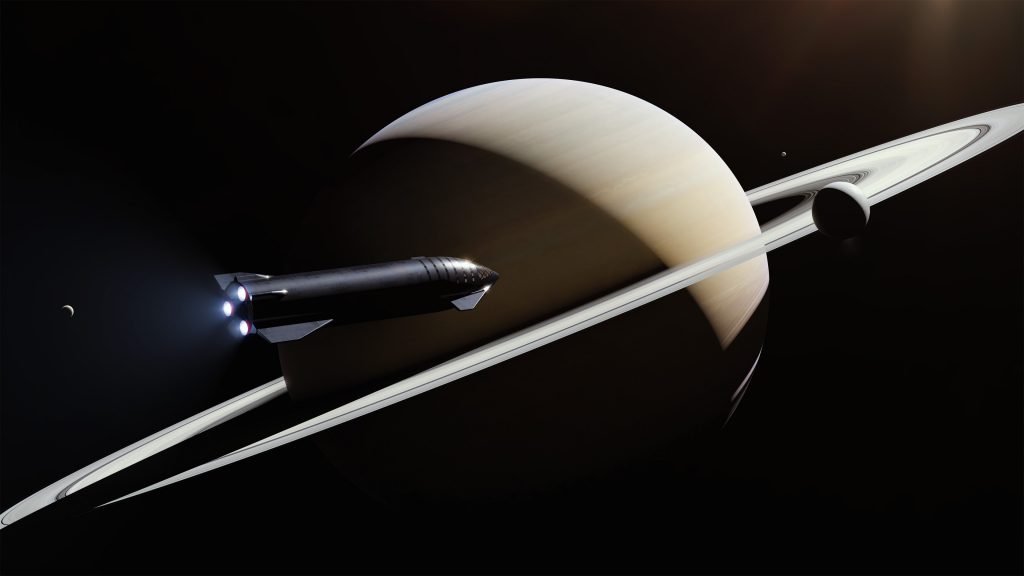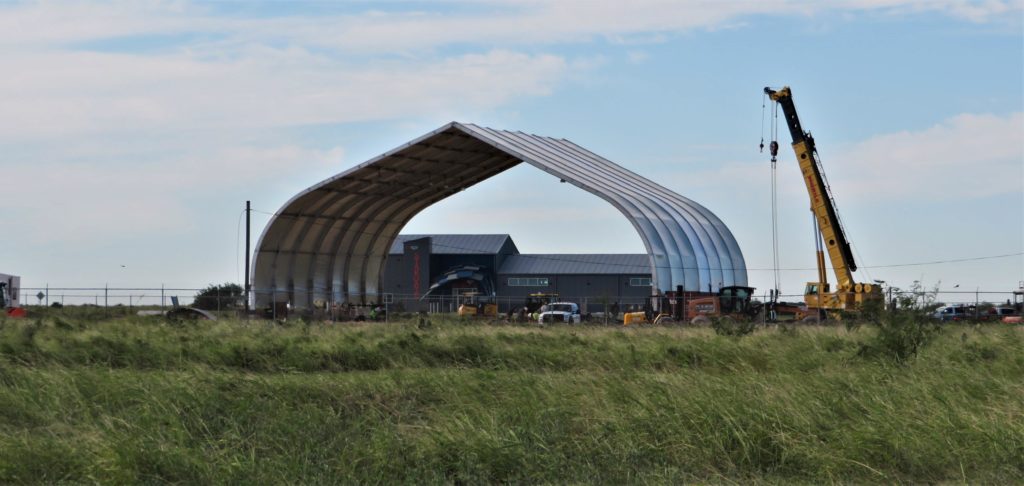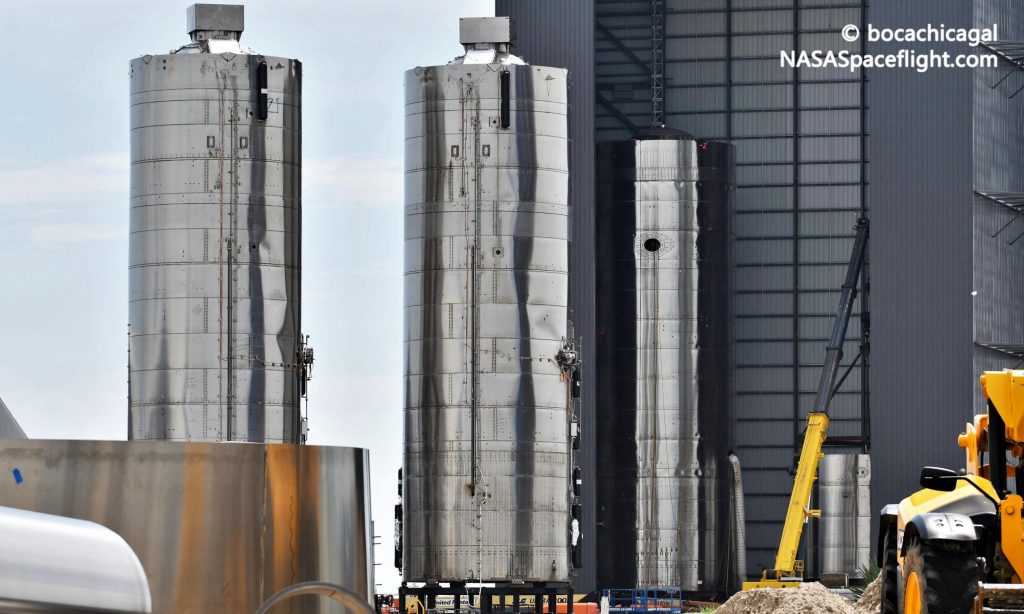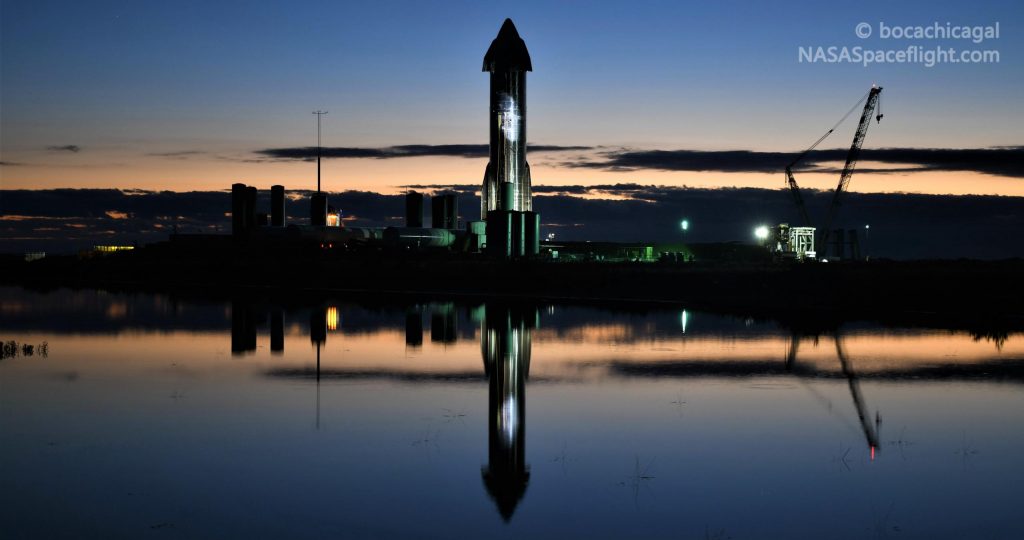
Elon Musk Promises Starship Will To Fly Humans To Mars In 2026
CEO Elon Musk says he is “highly confident” that SpaceX will launch his first Starship journey to Mars as early as 2026 – almost exactly six years from now.
Announced as part of an interview at the 2020 Axel Springer Awards show in Germany, Musk’s recent statements indicate a significant move forward in the confidence and excitement that SpaceX is taking in the growth of its Starship program.
https://twitter.com/thesheetztweetz/status/1333903878958567429?s=20
Optimally designed to make SpaceX’s previous Falcon 9 and Falcon Heavy rockets redundant, Starship claims to be the world’s first entirely reusable orbital launch vehicle capable of transporting 100+ metric tons (~220,000 lb) of Low Earth Orbit (LEO) payload at a cost of only a few million dollars per launch.
If this remarkably affordable launch expense could be accomplished, SpaceX will be able to refuel Starships in orbit in a cost-effective fashion, allowing them the output needed to transport and land 100 metric tons or more to Moon andMars.
With occasional orbital refueling, Starship will be able to move previously unforeseen tons of freight to other moons and planets in the solar system.
With sufficiently Starships, Super Heavy boosters and launch pads, the launch device could accommodate a large, permanent human population on Mars and the Planet, as well as absurdly sophisticated robotic missions almost everywhere outside of deep interstellar space.
CNBC’s Michael Sheetz first mentioned that Musk had already addressed 2026 as a possible goal for SpaceX’s first Mars project during its inaugural presentation on the subject back in September 2016.
While in no way explicitly anticipated, the CEO still appears to believe and now more confidently than ever that 2026 is a plausible target despite several huge obstacles and drastic redesigns of Starship during the last four years.

Back in 2016, the Musk rocket was listed as an Interplanetary Transport Device (ITS) which was constructed entirely from advanced carbon fiber composites, it would have been the largest launch vehicle ever developed over a wide span, with a height of 122 m (~400 ft) and a diameter of 12 m (~40 ft).


The diameter receded quickly to 9m (~30 ft) in 2017, although the rocket’s height also slipped to 120m until it almost rebounded – oddly – with the latest Starship edition.
The most drastic move, though, happened just two years ago when Musk announced that he had canceled construction on a carbon composite Starship in lieu of a design almost entirely built of steel.
SpaceX has a massive amount of hurdles to conquer and obstacles to reach before Starship can be considered anywhere near able to launch humans at all let alone launch and land humans on Mars and work in a safe area for years to come.

However, given that SpaceX has gone from paper to a steel rocket factory and is now a multi-engine, high-altitude Starship flight test in 24 months, it is not hard to imagine that the rocket would be ready for a deep space flight over the next 48 months.



